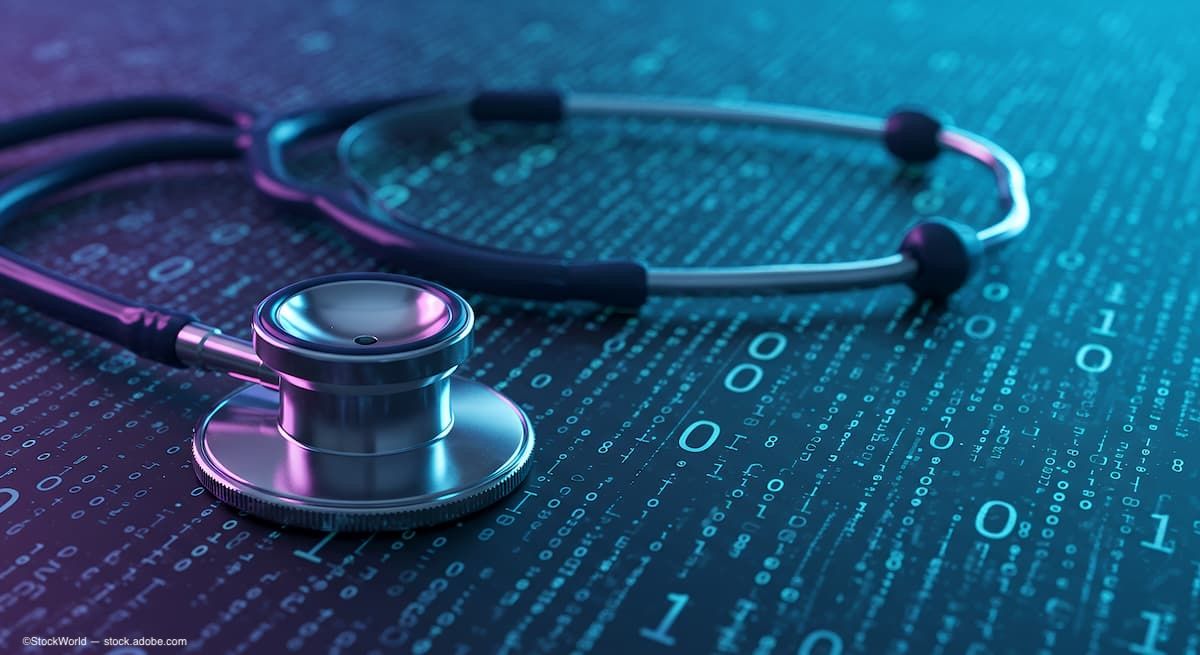Article
Advanced surface ablation, sub-Bowman's keratomileusis equally safe, effective 6 months postop
Final results from a randomized, prospective comparison of advanced surface ablation (ASA) and sub-Bowman's keratomileusis (SBK) for low-to-moderate myopia show SBK affords much faster visual recovery. By 12 months, however, both procedures are associated with similarly excellent efficacy and safety, said Capt. Steven C. Schallhorn, MD, at Refractive Surgery Subspecialty Day.
Final results from a randomized, prospective comparison of advanced surface ablation(ASA) and sub-Bowman's keratomileusis (SBK) for low-to-moderate myopia show SBK affords much fastervisual recovery. By 12 months, however, both procedures are associated with similarly excellentefficacy and safety, said Steven C. Schallhorn, MD, retired captain of the U.S. Navy, at Refractive Surgery SubspecialtyDay.
The study was undertaken at the Naval Medical Center, San Diego, and involved two surgeons (Dr.Schallhorn and David Tanzer, MD).
Two hundred patients were randomly selected to undergo bilateral treatment with ASA or SBK. The ASAprocedure was performed using a brush (Amoils Epithelial Scrubber, Innovative Solutions) to removethe epithelium. The femtosecond laser (IntraLase, Advanced Medical Optics) was used to create a100-µm flap in the SBK eyes. Preoperatively, the two groups were well matched. Mean MRSE in bothgroups was about -3 D, said Dr. Schallhorn, currently in privatepractice in San Diego.
About 85% of eyes were seen at 12 months. Mean MRSE was close to emmetropia in both groups (-0.04 D, SBK, -0.03 D ASA), and 73% of eyes in both groups had an achieved manifest refractionspherical equivalent within 0.25 D of the target.
At 1 month, uncorrected visual acuity (UCVA) was 20/16 or better in 88% of SBK eyes. While ittook a while for the ASA eyes to catch up, at 12 months, 88% of eyes in both groups had that level ofUCVA; almost half in each group achieved 20/12 UCVA. Other analyses showed there were no differencesbetween groups in change in best-corrected visual acuity, photopic contrast acuity, or change inhigher-order aberration root mean square.
"When we started this study, we assumed there would be a difference in favor of the surface procedureas had been seen previously," Dr. Schallhorn said. "However, using the technology we did, we found nosignificant differences at the end of our follow-up."
Newsletter
Don’t miss out—get Ophthalmology Times updates on the latest clinical advancements and expert interviews, straight to your inbox.




